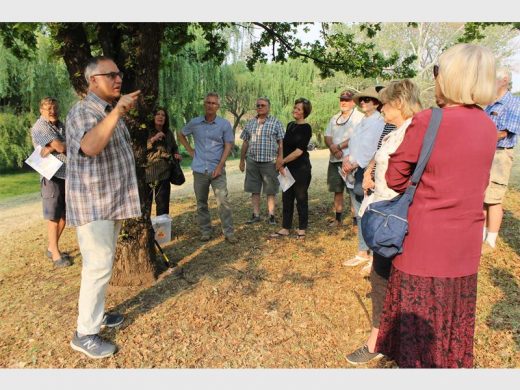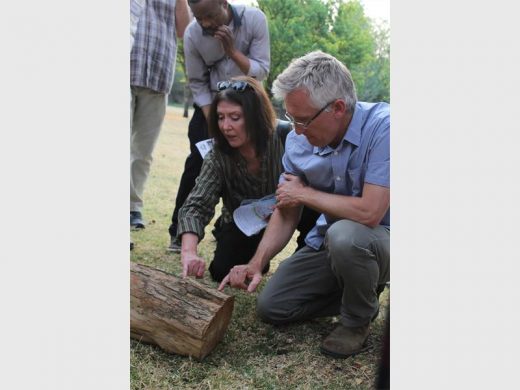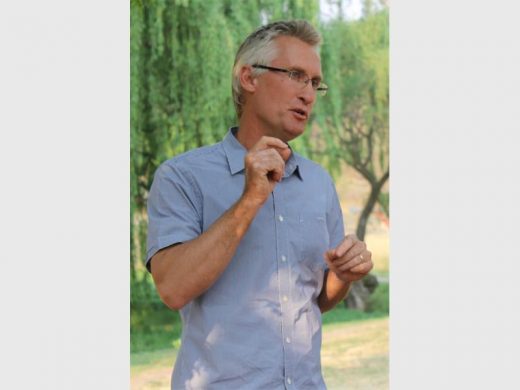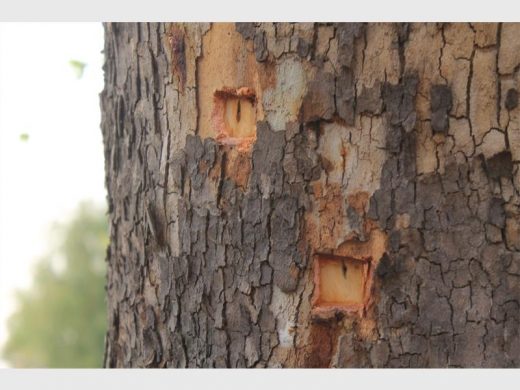
A number residents of Parkhurst and surrounding suburbs joined arborist Neil Hill and Andrea Rosen from the Urban Forest Alliance on an educational walk to learn more about the shot-hole borer.
The walk, which was arranged by Ward 117 councillor Tim Truluck, invited any interested parties to sign up and gain better understanding and awareness of the borer that is threatening the largest man-made urban forest in the world.
Hill explained that he first encountered this unusual borer species in South Africa in early 2016. “This borer is not concerned about which tree it attacks as it has infected many of the most established and common trees in Johannesburg and has even infected some indigenous trees.”
The polyphagous shot-hole borer is a tiny beetle the size of sesame seed which does not kill the tree itself, but rather does so through the fungus that accompanies it, which grows in the borer channel. The fungus impacts the tree’s vascular system and inhibits the flow of water and nutrients in the tree.



The trees most affected at present are acer negundo (box elder), English oak, London plane, Chinese maple and liquidamber. These are all reproductive hosts (the beetles breed in them) and are common street trees.
While different trees react differently, some signs to look out for are:
- Wilted or missing leaves
- Dead or dying branches
- Tiny randomly spaced holes in the bark the size of a pen tip, which may have staining around them or rings of white powder or gummy like blobs oozing from the holes.
Hill said, “There is still a lot we do not know about it, but we can learn from other countries that have been infected.”

He explained that trees fall into three categories:
1. A host plant that will probably die if infected
2. Pest gets into the tree but does not cause it to die because it is not vulnerable
2.1 Some trees are attacked and the fungus grows but they take a long time to die and may be treated
2.2 Beetle gets in but the tree does not allow the fungus to grow
3. Trees that are not affected
He explained that the borer originates from south-east Asia and spreads quickly in summer months. Hill added that while some trees need to be removed if they are infected, others can be treated with the hope of survival.
If you believe that a tree on your street or property is infected, you are encouraged to WhatsApp the following information to 064 758 2736:
Step 1: Send a WhatsApp location pin
Step 2: Take photos of the suspected tree from several distances including images of the trunk or symptomatic branches, close-up images of the symptoms, the entry/exit hole with a ballpoint pen for scale. If fusarium dieback is observed, include an image of the whole tree.
Truluck hopes to host more of these educational walks over the upcoming months. For more information on when they will take place, email him on ttruluck@gmail.com to sign up for his newsletter.
Related articles:
Authorities worry about shot-hole borer beetle on Johannesburg trees



